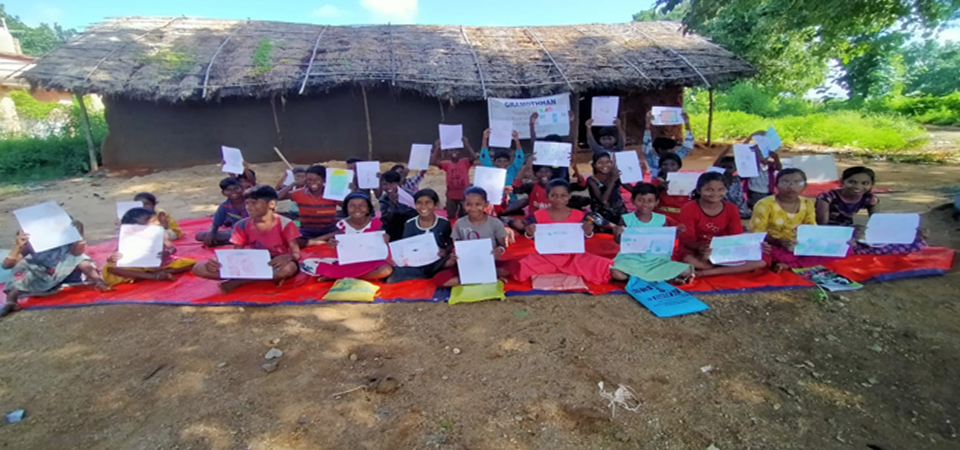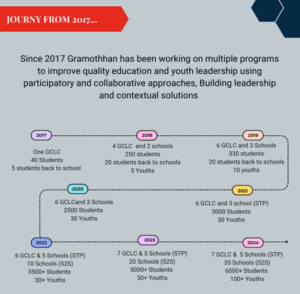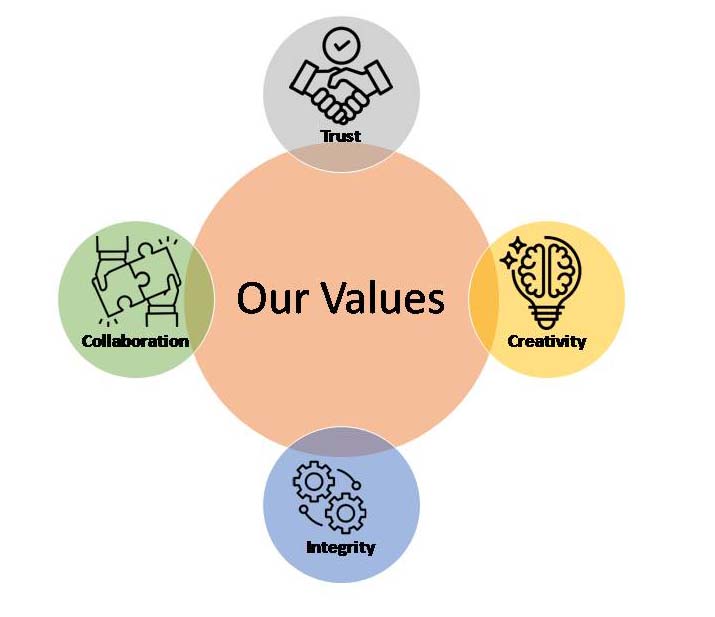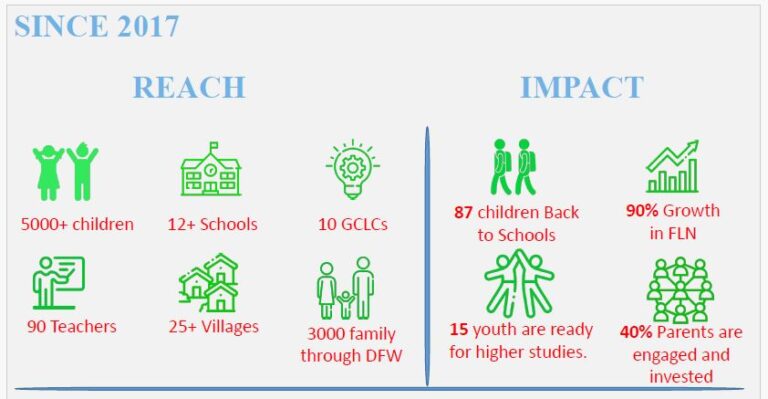
ABOUT ODISHA
Odisha is the eleventh largest state in India with approximately 42 million people, most of them live in rural areas with only 17 per cent living in urban regions. It has the third largest tribal population in the country. As per census 2011, 40 percent of the population in Odisha are Scheduled Tribes and Scheduled Castes. The state is home to 13 particularly vulnerable tribal groups.
The state is disaster prone to cyclones, floods and drought. As many as 14 out of 30 districts are vulnerable to floods, cyclones in the coastal region and 11 districts in the Western part of the state are prone to drought.
ABOUT SONEPUR
Sonepur is officially called (Subarnapur), this is undivided from KBK (Kalahandi, Balangir and Koraput). The populations are 610183 by 2011. Around 93 percent of people are living in rural areas. Sonepur has rich handlooms culture (Sambalpuri). Most of the people are dependent on agriculture. It is a small and silent district of Odisha. that is reason of undeveloped. Sonepur district is one of the highest migration districts in Odisha. Every year thousands of youths migrate from Sonepur to other states. Also, Sonepur is one of the seasonal migrant districts of Odisha. Sonepur has zero industry.
WHY GRAMOTHHAN WORKING ON EDUCATION AND YOUTH LEADERSHIP
● 42.8% children in standard 5th can’t Read Standard 2nd Level text
● 25% children in standard 3rd can’t even recognize numbers between 1 to 9
● About 27.3 of students end up dropping out of school at the elementary level in Odisha
● Social and emotional learning (SEL) is an integral part of education and human development. Social and emotional learning is essential to helping us all lead healthy, fulfilling lives.
● The curriculum and the content need to include the contextual elements and include the aspects from the socio-cultural entities concerned with students.
● The MLE has to be driven in such a way that can enable the children to acquire language skills rooting it through their mother tongue.
● Project based learning has to be supported for children critical thinking and innovation
● For Class I & II need more time to for readiness skills for reading and arithmetic. Before the grade level curriculum can be taught, providing the support needed to ensure that every child acquires basic skills is key to their ability to get back on track with their education.
● Most children have not had the benefit of exposure to pre-school. Before moving into teaching-learning activities at grade level, it is essential that they are given time and opportunity to develop appropriate physical, social-emotional, cognitive, pre-math and language skills.
● Parents arenot supported at home. Need to be aware/motivate them of how she/he can give time for their children at home.
● Mother tongue-based education is essential for these children to build the strong foundation. Contextual and experiential teaching learning methods can enable the children language skills
JOURNEY FROM 2027

Education Crises: (Annual Status of Education Report 2022)
- 42.8% children in standard 5th can’t Read Standard 2nd Level text
- 25% children in standard 3rd can’t even recognize numbers between 1 to 9
- About 27.3 of students end up dropping out of school at the elementary level in Odisha
- Average attendance just 67% in Sonepur (GRAMOTHHAN TEAM GROUND REPORT 2019)


